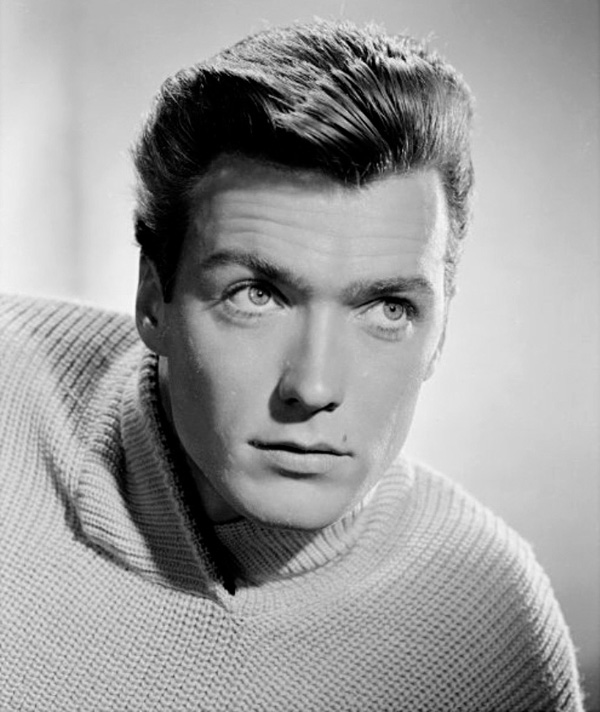Music in the Air - Page 4
 |
|
|
 |
|
|
 |
|
|
The livestock that festivalgoers passed by on their tree-lined trek from the parking lot may have inspired in them a spirit of recreation: the cleanup crew, after the crowds had cleared, discovered a discarded set of bra and panties and numerous large, empty bottles of wine near the seats in the main arena.
But the community of Monterey seemed convinced that the arrival of jazz and multiracial audiences wouldn't provoke mid-century phobias about misbehavior. In fact the good times financially benefitted surrounding motels and restaurants. The launch managed to repay its investors and to net about 600 bucks. Lyons set himself about planning for another year.
With the MJQ's John Lewis on board to advocate for performing artists, and a board of directors split in its jazz preferences between commercial success and artistic adventure, a certain amount of controversy was inevitable and reflective of the mid-century's changing tastes. Lyons at one point quit the venture, and the president of the board had to follow him to Lyons' Big Sur general store to lure him back.
A statement of principles was drawn up, committing, among other things, to showcasing and commissioning new works and artists, supporting music education, and avoiding "disturbances that have marred other festivals," including the Newport Jazz Festival in Rhode Island.
To the contrary, Monterey made music-going fun. Food was available along the Fairground's walkways, with performers, famous and otherwise, wandering carefree among the hoi polloi between sets. Veteran and newcomer musicians, whose travel, or lack of it, kept them separated from each other through much of the year, got to hang with each other at the Festival, occasionally sitting in on each others' sets and trading amplified quips on stage.
Monterey's sophomore outing, in 1959, featured several large ensembles, with two appearances by Lyons' former employer, Woody Herman. The snappy multiracial vocal trio Lambert, Hendricks and Ross performed on all three days, Lewis' MJQ on two of them. Unlike some other festivals, momentum was maintained by limiting sets to 35 minutes in length, including for Sarah Vaughan's crowd-pleasing closer on Sunday evening.
Despite what may look, in reflection, like star-studded programming, the second Festival lost $12,000. Some blamed the debt on inadequate attendance at two somewhat avant-garde afternoon shows. But Lewis assured the board of directors, "It may take five years, but people will start coming to those planned programs of original music."
Lewis was right. In the coming years, the record-buying and festival-going public responded more and more positively to the growth of jazz in a variety of subgenres.




